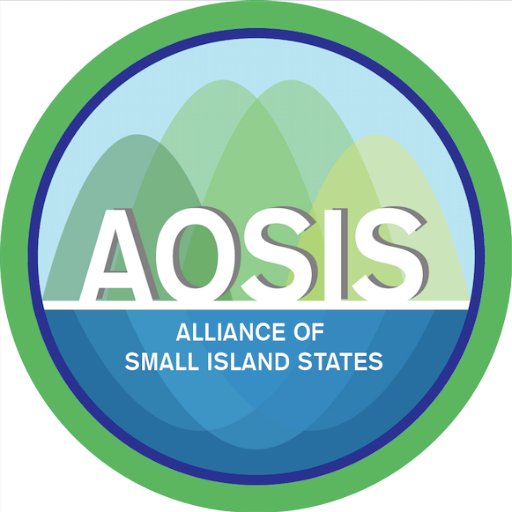Special Thematic Event "Building Synergy and Coherence in the implementation of the Istanbul Programme of Action in the context of the 2030 Agenda for Sustainable Development"
New York, 11 February 2016
Thank you Distinguished Moderator. Let me also join previous speakers in thanking the distinguished panelists for sharing with us key information and insights that feed well into our interaction today.
Mr. Chair,
On 1 January 2011, Maldives ceased to be classified as a Least Developed Country. Only the third country to "graduate" from the category in the three decades since the establishment of the category, Maldives was proud of its graduation – after all, no country wants to be known as the "least" of anything. In the five years since, it is our belief that we have much to share in terms of our experience in graduation.
When the Istanbul Programme of Action was adopted in May 2011, Maldives was a fresh "graduate," coming to terms with what this new "status" meant. Today, in this discussion on sharing best practices and lessons learnt in realizing the Istanbul Programme of Action, we would like to highlight a couple of points based on our experience.
In 1997, the Maldives first met two of the three criteria measuring LDC status, thereby qualifying it for graduation. These three criteria are 1) gross national income (GNI) per capita, 2) the human asset index (HAI) determined by 4 measures; undernourishment, child mortality rates, secondary school enrolment, and adult literacy, and finally 3) the economic vulnerability index (EVI). The Maldives continued to meet the former two criteria for the next two triennial reviews conducted by the Committee for Development Policy (CDP).
On 20 December 2004, the ECOSOC and General Assembly took note of the latest CDP report thereby beginning the Maldives' three-year preparatory period before graduation in the new year. Just four days later, the country was hit by the Indian Ocean Tsunami. The economy, which had grown at an average of eight percent per annum was devastated: 62 percent of the GDP was destroyed; over seven percent of the population was internally displaced; social and economic infrastructure was damaged or destroyed in over one quarter of the country's inhabited islands; 12 inhabited islands were reduced to complete rubble - all in less than an hour.
This experience takes me to my first point: Maldives is a classic example of the "island paradox". Where a small island developing country, though an LDC for over 30 years, may demonstrate relative prosperity in terms of its gross national income, but at the same time, may be highly vulnerable to a range of external shocks and faced with exorbitant structural costs due to its geographical characteristics, which might be detrimental to sustained development.
This is why Maldives has always argued for a revisit of the graduation criteria. The criteria used by the UN continue to be, in our opinion, inadequate. They do not pay attention to the inherent and extreme vulnerability of graduating countries due to geographical and structural limitations. While one of the three criteria used by the CDP is an economic vulnerability index, meeting all three criteria are not required to graduate, and so this criterion can be overridden if the other two are met.
It should be also noted that the Environment Vulnerability Index is in itself flawed, as this assessment ignores key vulnerability considerations such as environmental vulnerability, import dependency (for essential commodities), and geographic dispersion and isolation. Taking into account the adverse impacts on LDCs due to climate change and other environmental hazards, the reconsideration of how a country is assessed for graduation becomes even more important.
The IPoA recognized the importance of the "smooth" transition of countries graduating from LDC status. This is of utmost importance if the goal of graduating half of the LDCs by 2020 is to be met. This is particularly significant if these countries are eased onto a sustainable development path without any disruption to their development plans, programmes and projects. Discussions last year focused on this issue, especially within the context of Financing for Development.
This is why we have been strong advocates of the smooth transition strategies and the continued implementation of these measures. While countries should take ownership and the lead in the development of smooth transition strategies with the support of their development partners, and while there is a process established in theory, it is our experience that the process does not always work well in practice.
Graduation is not an end: it does not mean the challenges that countries face will go away. However, there continues to be uncertainty around how the international community will regard graduated countries and their ability to address their challenges. Additionally, international public finance and concessionality should take into account levels of development, including income level, institutional capacity and vulnerability as key issues. Ensuring debt sustainability also remains important to ensure the smooth transition of countries that have graduated from LDC status.
The need for alternative measures of development as well as a smooth transition process for recently graduated LDCs is also a stated priority in the Addis Ababa Action Agenda and the 2030 Agenda for Sustainable Development. Therefore, if we truly want to implement the commitments we have made, we need to consider providing greater support during the smooth transition period, as well as revisiting the criteria for graduation.
Thank you.



